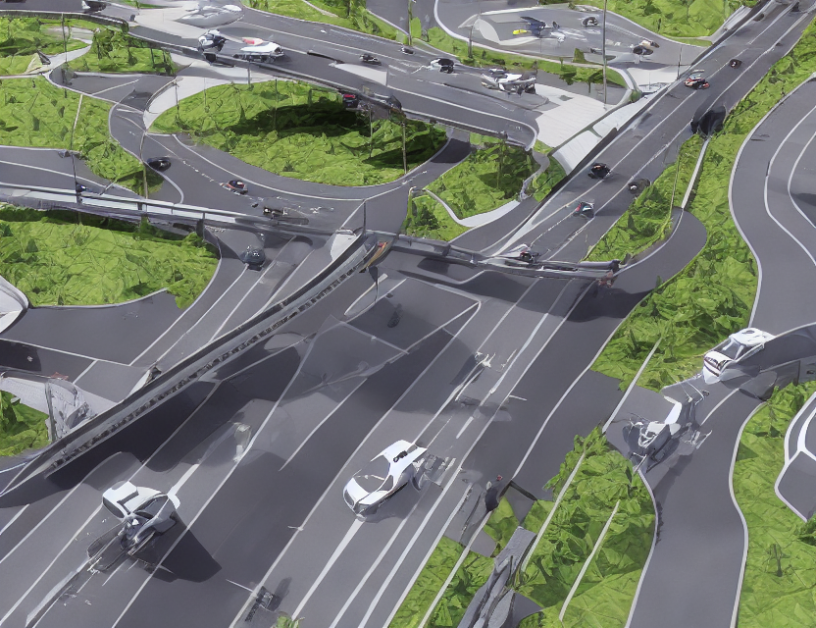In recent years, there has been a growing interest in autonomous vehicles due to their potential to improve safety and efficiency on roads. However, developing these vehicles is no easy feat, as they require advanced technologies that can perceive the environment, plan and control motion, and avoid collisions. This article presents CARLA, an open urban driving simulator designed to help researchers develop and test these technologies in a virtual environment before putting them on real roads.
The authors begin by highlighting the challenges of developing autonomous vehicles, particularly in navigating complex urban environments with multiple lanes and non-traversable road markings. They propose CARLA as a solution to address these issues by providing a realistic and customizable simulator that can mimic various urban driving scenarios.
To create a more immersive experience, CARLA uses high-quality 3D graphics and realistic physics simulations. The simulator also includes a variety of sensors, such as cameras, lidar, and radar, to enable the vehicle to perceive its surroundings. These sensors generate vast amounts of data that are used to train artificial intelligence (AI) models, which in turn control the vehicle’s motion.
One of the key innovations of CARLA is the use of attractive forces to help the vehicle navigate through intersections and change lanes safely. By applying an attractive force generated by the goal point, the vehicle can smoothly and safely maneuver through complex traffic scenarios. The authors demonstrate the effectiveness of this approach in various simulation scenarios, showing that it can significantly improve the success rate of lane changes and reduce the risk of collisions.
The article also compares CARLA with other simulators available in the field, highlighting its advantages in terms of realism, customizability, and computational efficiency. The authors argue that CARLA’s ability to simulate complex urban environments and handle a wide range of traffic scenarios makes it an essential tool for researchers and developers working on autonomous vehicle technology.
In conclusion, this article presents CARLA as a powerful tool for developing and testing autonomous vehicle technologies in a virtual environment. By providing a realistic and customizable simulator that can mimic complex urban driving scenarios, CARLA helps researchers overcome some of the challenges associated with developing safe and efficient autonomous vehicles. With its ability to simulate a wide range of traffic scenarios and handle non-traversable road markings, CARLA is an essential resource for anyone working in this exciting field.
Improving Autonomous Driving Performance through Advanced Planning and Forcing



